We chatted with the illustrious designer Patricia Urquiola at the Space Furniture showroom and asked her to share her view of future living and why she thinks we are the last generation that will die.

March 23rd, 2018
A space suit was part of Cassina’s exhibition at the Space Furniture showroom recently. Hanging from a wall, it served as a backdrop to Patricia Urquiola’s latest product for Cassina: the Floe Insel sofa. The exhibition, titled This Will Be The Place, featured a selection of images from the book of the same name edited by Felix Burrichter that explores future concepts of living. The book was launched during Cassina’s ninetieth-anniversary celebration in Milan last year.
Urquiola herself was in town to speak at the Brainstorm Design Conference, one of Singapore Design Week 2018’s anchor events. We sat down for a chat and asked her to share more about brand resilience, her upcoming activities in Milan and why she thinks we are the last generation that will die.
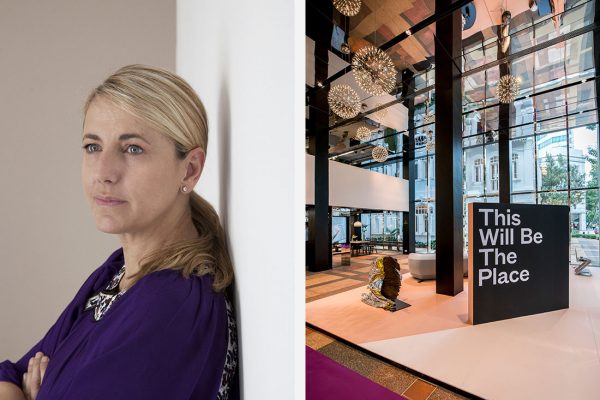
What do you think makes a brand resilient?
I think to be resilient you have to be consistent, but for me to get this consistency, you have to be open to parenthesis – an interval or interlude, a break of inconsistency. Then after a time, you will find a rhythm, [a balance] between your consistency and clarity of thinking, and these moments where you have to go off the path and have moments of inconsistency. You have to be consistent and you have to be current. Otherwise, you work will become repetitive.
I think in life, resilience is connected a little bit with finding your own soul, your own rhythm as you walk your path. For example, Cassina turned 90 last year, and we branded it as Cassina 9.0, because we live in a digital world now and it communicates an idea that we’re not looking into one future but many versions of the future, which you can see in the book [Cassina: This Will Be The Place].
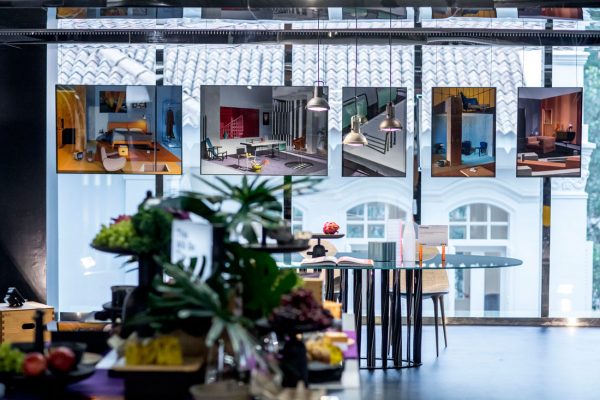
In your presentation at Brainstorm Design you mentioned that you’re probably going to be the last generation that’s going to die. Could you elaborate?
That came from a book titled The Age of Earthquakes: A Guide to the Extreme Present [by Douglas Coupland, Hans Ulrich Obrist and Shumon Basar] – a fantastic book, one of my favourites. I use it as a manual to face the future. At the end of the book, there’s this sentence: “We are the last generation that dies.” I like that thought. It’s a possibility.
iPhones are numbered to show their generation. The measure of its life is not by real-life years. At the rate we’re depending on smartphones, maybe our kids will speak like this in the future: “How old are you? I’m seven iPhones – you?”
We’ve been evolving into a digital and an internet society – a cyber society – and it has no end. It’s hyperconnected and it will never die. We – and our humanistic path – will be in the middle of that and we have to find a way to make resilience. Read the book – you will understand.
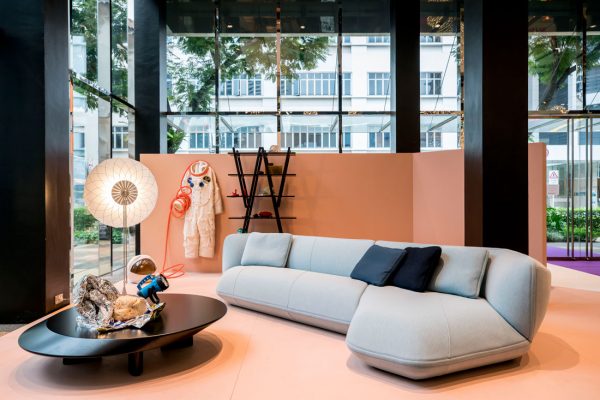
Speaking of the future, can you share more about Floe Insel and the exhibition downstairs?
The colour scheme and setting are taken from the anniversary exhibition we did for Cassina in Spain. The idea is a living space where people live with things from the past and things from the future. Floe Insel is free from correlation with the wall. Insel means ‘island’, and that’s what it is. You can sit on it talking to the smart walls around you that will speak and do things for you, or you can have a party with many people sitting around it – it is meant to be used and presented from all sides.
What can you tell me about your upcoming presentation in Milan?
This year we will have an exhibition in Milano for the hundred years of Achille Castiglioni, my mentor and my teacher. That’s an example of resilience – he’s dead but more than 80 per cent of his design is still in production. His work adapts and creates dialogues with the new generation. There’s open-mindedness to evolution in his work.
We will also launch a new sofa for Cassina and we’ve doubled the size of the Cassina showroom in via Durini. It is special this year because it is the fiftieth anniversary of the showroom. And we will also showcase new collaborations with new designers.
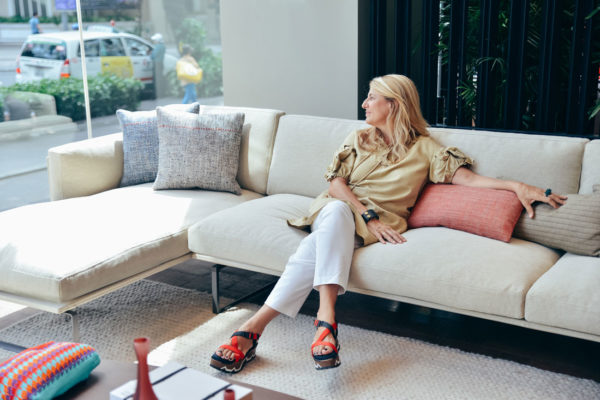
What are some of the important issues in design that we need to talk more about?
The big contamination. Now when we do an office project, we’re bringing concepts from residential and hospitality into the office because the ways we work are changing. The hotel room is also becoming a place to work, and we have offices inside houses and hotels.
Everything is blurred. There are no real boundaries between office life and private life, between holiday and work. So people are trying to find solutions to those situations in the form of products. You don’t want just products; you want functions.
I think designers are going to be involved in many other facets of society. I hope my nieces, my daughters, will not only do furniture or make some kind of products for a living. I hope they will be doing projects for services. They are going to shape a company’s approach, to be involved in many other arguments with social values. Designers will design behaviours.
INDESIGN is on instagram
Follow @indesignlive
A searchable and comprehensive guide for specifying leading products and their suppliers
Keep up to date with the latest and greatest from our industry BFF's!

A longstanding partnership turns a historic city into a hub for emerging talent
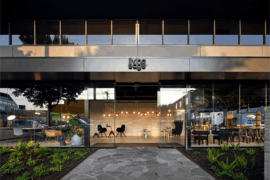
For Aidan Mawhinney, the secret ingredient to Living Edge’s success “comes down to people, product and place.” As the brand celebrates a significant 25-year milestone, it’s that commitment to authentic, sustainable design – and the people behind it all – that continues to anchor its legacy.

Lighting becomes storytelling in the hands of Bocci and Moooi – brands championed by Space Furniture.

After 23 successful years operating jointly as Kvadrat Maharam, Kvadrat and Maharam will continue as independent entities from 1 July 2025.
The internet never sleeps! Here's the stuff you might have missed
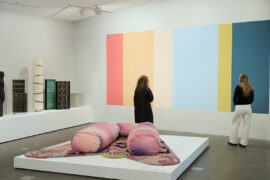
At the NGV’s Making Good: Redesigning the Everyday, design becomes a force for repair. From algae-based vinyl to mycelium earplugs, the exhibition proves that rethinking the ordinary can reshape our collective future.

The New York headquarters of haircare brand, Amika, has been designed by Civilian as the antithesis of a standard business hub.
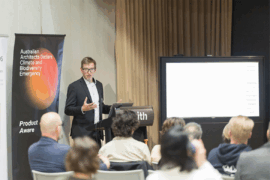
In a landscape clouded by data and greenwash, Product Aware offers architects and designers a common language for sustainability. Embraced by suppliers – including Milliken – it is setting a new benchmark for trust and bringing clarity and accountability to material specification.